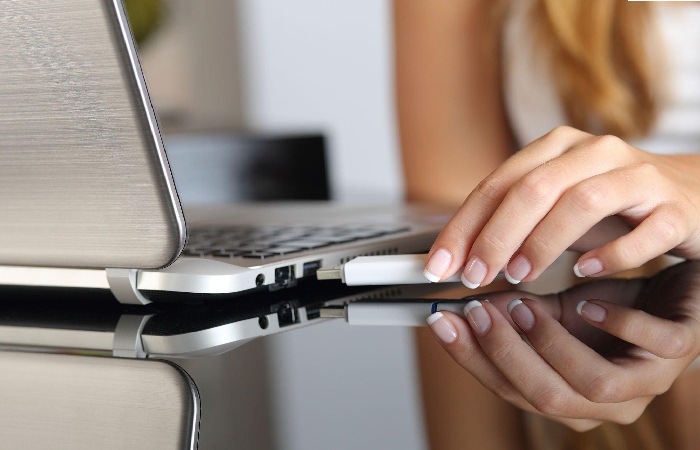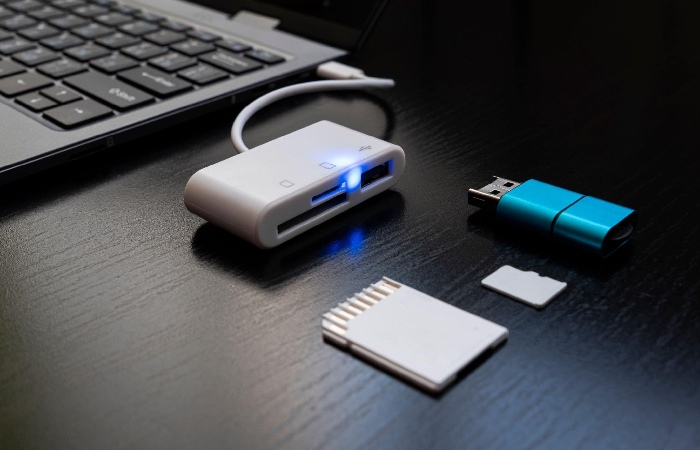
USB Write for us
USB Write For Us: USB (Universal Serial Bus) is an extensively used standard for connecting various devices to a computer or other electronic devices. It provides a standardized interface for data transfer, power supply, and device communication.
Once your article meets our guidelines, you can send it to contact@thenytimesblog.com.
Here are Some Critical Aspects of USB
1. Connectors
USB connectors come in dissimilar shapes and sizes, each with its specific purpose. The most common types are USB-A, USB-B, USB-C, and micro USB. USB-A is the standard rectangular connector found on computers and USB hubs, while USB-B often uses for computer peripherals like printers and external hard drives. USB-C is a reversible and versatile connector becoming increasingly popular due to its smaller size and higher data transfer speeds. Micro USB is a smaller connector commonly used for smartphones, tablets, and other portable devices, although USB-C is gradually replacing it.
2. Data Transfer Speed
USB specifications have evolved, offering faster data transfer speeds. The USB 2.0 standard supports data transfer rates of up to 480 Mbps, although USB 3.0 (also known as USB 3.1 Gen 1) can achieve up to 5 Gbps speeds. The latest USB 3.1 Gen 2 and USB 3.2 standards can reach even higher speeds, up to 10 Gbps and 20 Gbps, respectively. It’s important to note that the actual data transfer speed also depends on the capabilities of the connected devices and cables.
3. Power Delivery
USB cables can power connect devices, allowing them to charge or operate without requiring a separate power adapter. USB ports can deliver different power levels, typically 2.5W, 4.5W, 7.5W, 15W, or higher. It is a newer specification that supports higher power levels and allows fast charging devices like smartphones, tablets, and laptops.
4. Compatibility
USB design is backward compatible, meaning devices using newer USB standards can still work with older USB standards. For example, a USB 3.0 device can be connected to a USB 2.0 port, although it will operate at a slower USB 2.0 speed. However, to take advantage of the faster transfer speeds or other features of a particular USB standard, the device and the port it’s connected to must support that standard.
5. Peripheral Support
USB supports a wide range of peripherals, including keyboards, mice, printers, external storage devices, cameras, smartphones, audio devices, game controllers, and more. Many devices that connect to computers or mobile devices utilize USB connectivity due to its widespread availability and versatility.
6. Charging and Syncing
USB cables commonly use for charging and syncing devices. Charging cables typically have a standard USB connector on one end and a connector specific to the device (such as Lightning or USB-C) on the other. Syncing cables transfer data between devices and computers, allowing for tasks like file transfers, software updates, and media synchronization.
7. USB Hubs and Adapters
 USB hubs provide additional USB ports, allowing you to connect numerous devices to a single USB port on a computer. Its adapters and converters are also available to convert between different USB connector types, such as USB-A to USB-C or USB-C to HDMI.
USB hubs provide additional USB ports, allowing you to connect numerous devices to a single USB port on a computer. Its adapters and converters are also available to convert between different USB connector types, such as USB-A to USB-C or USB-C to HDMI.
It has become an essential standard for connecting and powering devices due to its versatility, ease of use, and comprehensive industry adoption. It continues to evolve with new specifications and features, offering faster speeds, higher power delivery, and improved compatibility.
How do I Submit a Guest Post?
Once your article meets our guidelines, you can send it to contact@thenytimesblog.com. We are happy to hear from them.
After submission, our group will review it, check if the content is unique, and approve it.
Why Write for The NY Times Blog?

- Writing for The NY Times Blog can give massive exposure to your website for customers looking for USB.
- The NY Times Blog presence is on social media and will share your article for the USB related audience.
- You can reach out to USB enthusiasts.
Search Terms Related for USB Write for us
How to remove write protection on usb
USB write protected
[USB write protected software]
Kingston usb write protected
Sandisk usb write protected
Remove write protection from usb windows 10
Format write protected usb
Write protected usb format tool
Guidelines of the Article – USB Write for us
- We at The NY Times Blog welcome fresh and unique content related to USB.
- The NY Times Blog allows a minimum of 500+ words related to USB.
- The editorial team of The NY Times Blog does not encourage promotional content related to its articles.
- For publishing article at The NY Times Blog email us at contact@thenytimesblog.com
- The NY Times Blog allows articles related to News, Media, World, Politics, Business, Tech, Health, Beauty, Food, Travel, Real Estate, Sports and Digital Marketing.
